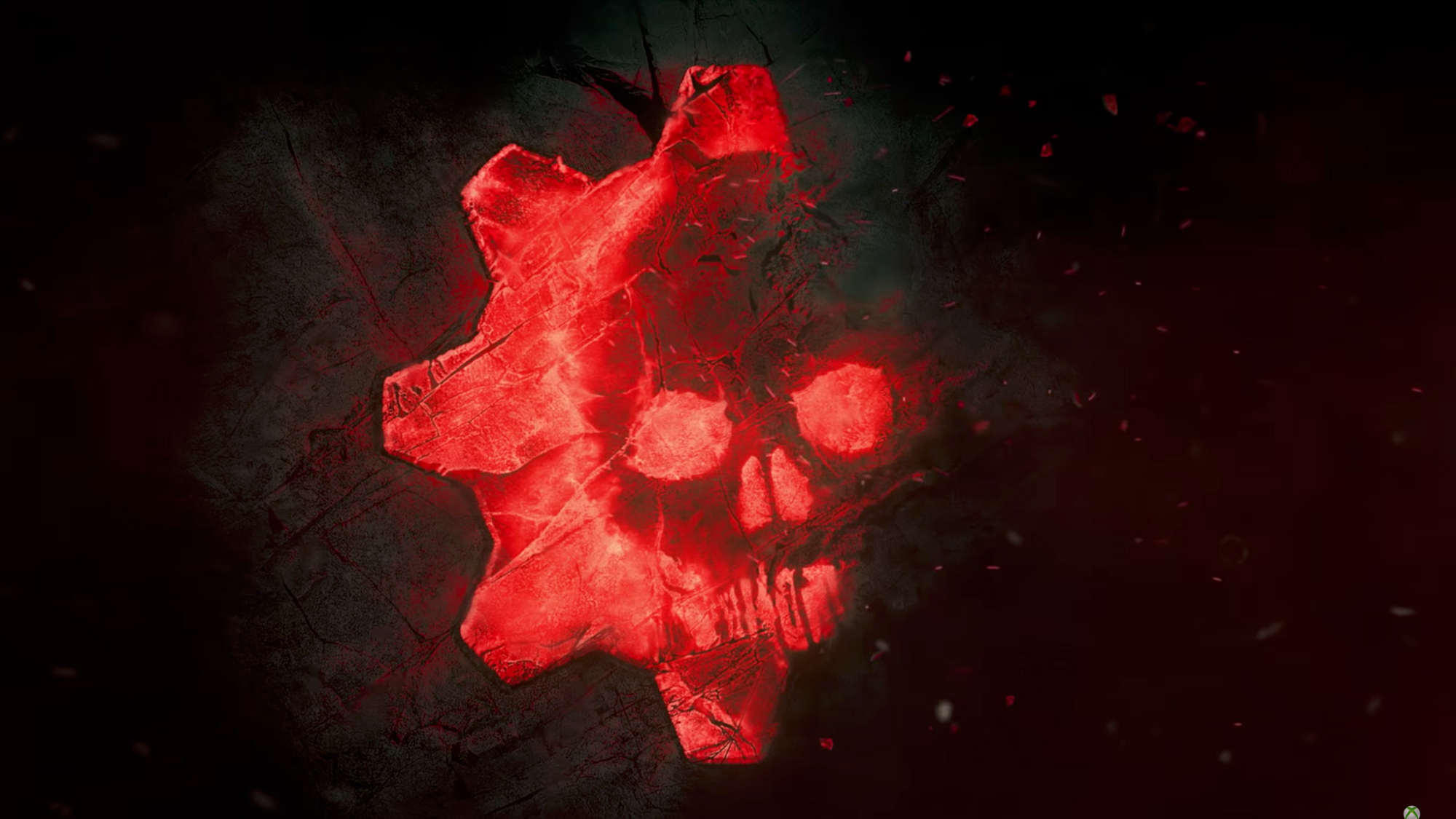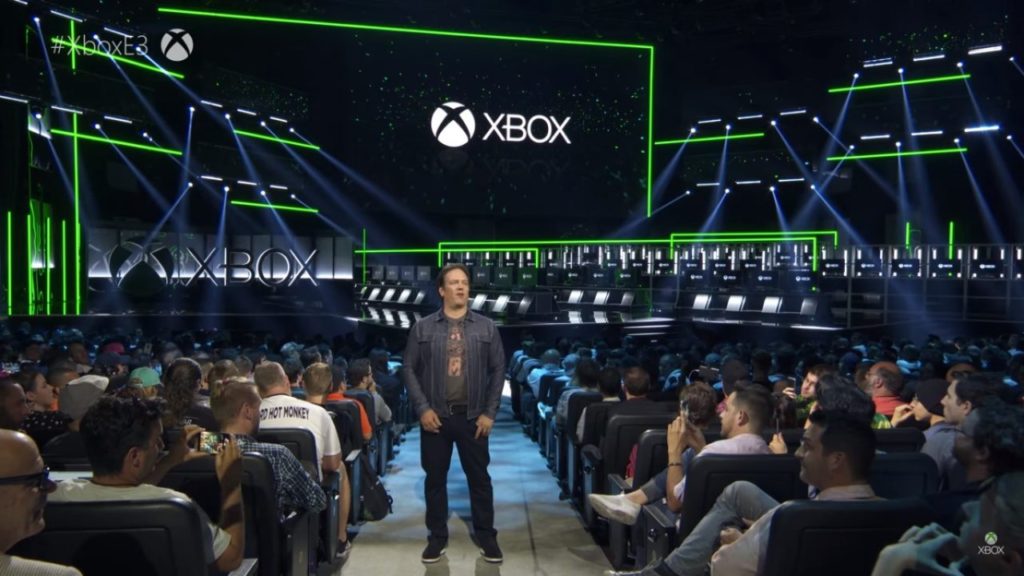
At this year’s E3, Phil Spencer took to the stage during the Microsoft conference and presented many new developments in the world of Xbox. He hinted at a new direction for Microsoft, one where they focus on letting gamers play what they want to play. Below the honeyed words and corporate speak, however, it was possible to see the culmination of years of planning from the massive technology company. All of the pieces fit together to achieve one goal: get Xbox back on top.
Presenting over 50 games, many of which were never-before-seen, Phil headlined the conference with a rapid cadence, moving from one game to the next, with a few small breaks to talk about new developments behind-the-scenes. These new developments ranged from expansions to Xbox Game Pass, studio acquisitions, and news that Microsoft was currently prototyping a gaming streaming service. This news was well received by industry, but the conversation afterwords was dominated by the games. Social media was abuzz with talk about Halo: Infinite, Shadow of the Tomb Raider, Gears of War 5, and, of course, Cyberpunk 2077. Fans could not believe their eyes. Some called it the best Microsoft conference ever.

Yet all of this is surface detail. Reading between the lines, it seems the team at Xbox has adapted a specific game plan to deal with their large sales deficit against Sony’s PS4. They continued their trend from last year of porting all of their exclusives to PC. At long last, classic Halo players can relive the days of Custom Edition when Infinite is released. They are also expanding their efforts to develop an online streaming service, something that Sony shied away from, and renewed their commitment to acquiring studios to produce high quality experiences that Xbox fans have been waiting for. Cross-play is supported in many new games, and often their exclusives are immediately placed in the library of Game Pass titles.
So what does this all mean? It means Microsoft is differentiating themselves from Sony, their chief competitor, in preparation for the next console generation. Generating goodwill with the gaming community, giving them as much freedom and choice as possible whilst they choose which games to play and how to play them. Play a huge catalogue of great games for a cheap monthly payment. Interact with your friends on other consoles. Access an expansive library of classic Xbox titles and embrace your nostalgia, then wait with bated breath for the fantastic new exclusives that Microsoft is developing within their talented new studios. Really, Microsoft is simply putting themselves in as favorable of a position as possible for next gen’s console wars; it’s far too late for them to catch up to Sony at present. The Xbox One and PS4 are nearing the end of their life-cycles, and Microsoft has very few incentives (read: exclusives) coming to make a last minute surge. So, instead, Phil presents Xbox as the platform for the future. The one that you can trust to be on the side of consumers, and the one to deliver all the best games with effortless convenience. While Sony blocks all attempts at cross-play and prevents modding on their platform, Microsoft says “why the hell not?” Quite a reversal from the position the two companies found themselves in five years ago.
Will this strategy work? Who knows? The team at Xbox shot themselves in the foot a few years back when they first released info on the Xbox One console at E3 2013. A steep initial price of $499 got the Xbox One off to a bad start. It was billed as an all-in-one entertainment system; it had YouTube, music, DVD playing, Netflix, and much more. This was an unprecedented opportunity as commentators believed they were trying to break out of Xbox’s game console “shell” and reach as many people as possible, including families and non-gamers. Yet instead the price scared off the more casual audience and gave Sony an opening to swoop in and get a massive head start. This was the least of their worries, however; bad press continued to hound Microsoft during and after the conference. Gamers were worried about being forced to have an internet connection to play on the One; privacy concerns arose over the mandatory Kinect’s camera. Most of all though; a furor erupted over the inability of the Xbox console to run borrowed or used games. All of this outcry sparked a reversal from the company in an attempt to reassert themselves, but it was far too late. Sony was destined to dominate the PS4 / XB1 era.

Now, Microsoft has spent half a decade repairing their goodwill throughout the industry, and this year is the episode before the finale, so to speak. Positioning Xbox as the place for games, new features, and even more games, Phil Spencer put on a show that was the complete opposite of 2013. The focus was entirely on gaming, with new ways to own and play, and a little bit of nostalgia to remind folks of the good ole’ days. Subtly informing the audience about Sony’s current hold over the market, Microsoft gave it everything they had. Revolutionary new streaming services, an acquisition of Hellblade: Senua’s Sacrifice developer Ninja Theory, and one of the best lineups at an E3 conference in recent memory. Given that the general wisdom seems to be that the company “won” E3 this year over Sony and Nintendo, it seems their strategy paid off. Microsoft may not have time to release exclusives to salvage the Xbox One, but they are building a strong foundation for the future.
Last year’s E3 had them promoting the Xbox One X, under the premise that it would provide consumers with a greater range of hardware, at different price points, to choose from. Sony’s attempt to then compete with the One X had a less than satisfactory result; Microsoft also debuted the very well-received Game Pass that year. This year, they continued on their path to set them apart from Sony and, whilst the Japanese corporation had a decent showing with a number of anticipated titles, no new features for the console were announced, and controversies over cross-play, account locking, and other shady practices on the platform went unaddressed. So far, Microsoft’s strategy seems to be working. Next year is likely the grand finale, with rumors of console announcements currently dominating conversation on many sites. If Microsoft can continue to build goodwill, by 2019 they will be on track to once again become a force to be reckoned with on the console market.




